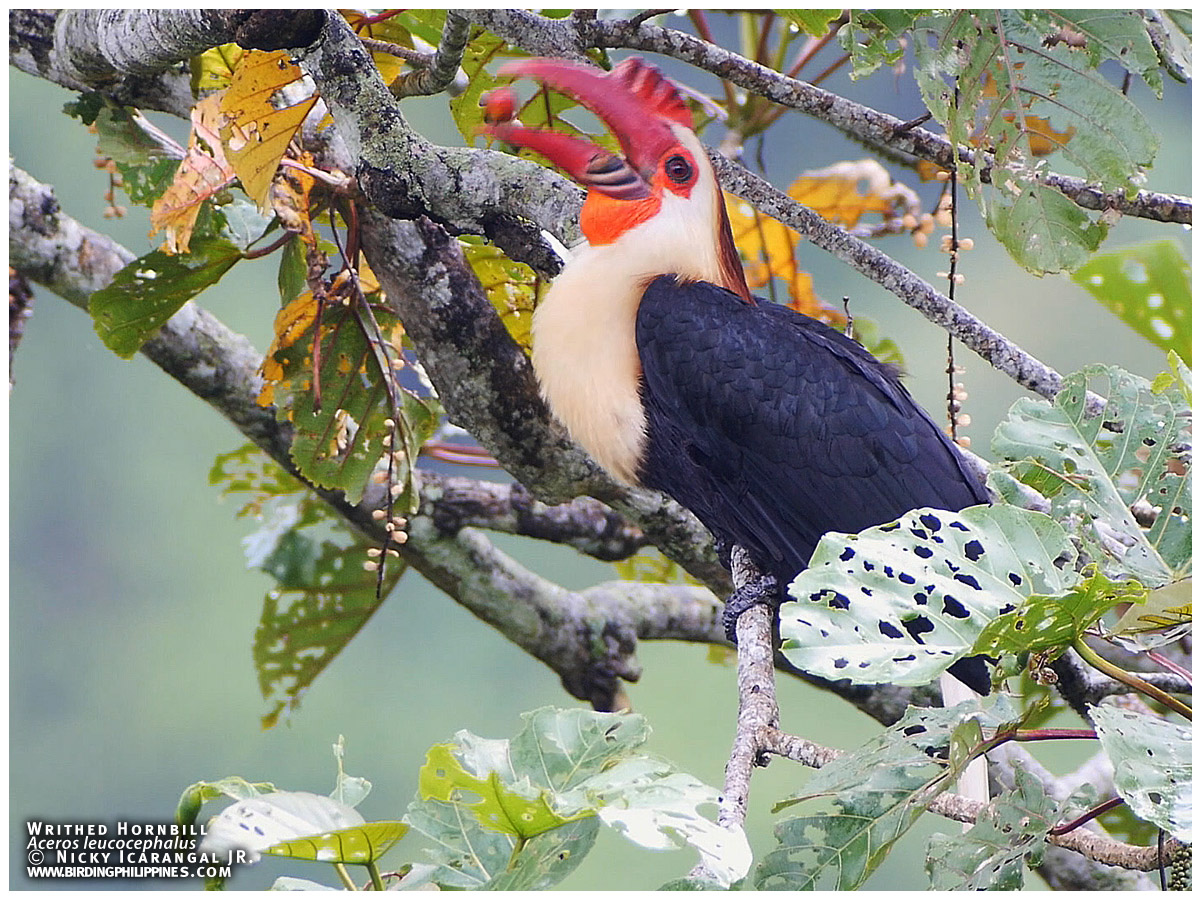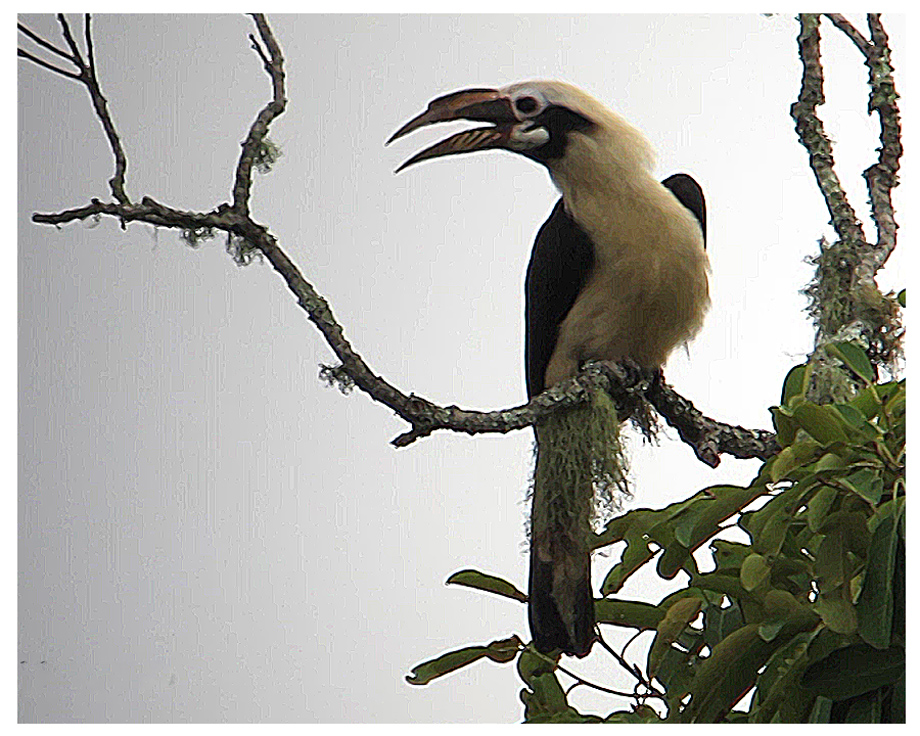A regurgitating Writhed Hornbill [HD]
This is a video of a male Writhed Hornbill regurgitating a fig fruit in the slopes of Mt. Apo Natural Park. The Writhed Hornbill is a Mindanao endemic and prefers lowland forests up to 1200 meters. Just like most hornbills, they nest in the cavities of tall trees, enclosing the female hornbill in using mud, while the male hornbill delivers food both to the female and the chicks, cleans the nest, and does other chores. Regurgitation is the major strategy of the male hornbill when feeding a nesting female and chicks enclosed in its nest.
This Writhed Hornbill, plus the majestic Rufous Hornbill and the smaller Mindanao Taricitc Hornbill completes the Mindanao hornbill trio.
Writhed Hornbill, Aceros leucocephalus
March 2014, Mt. Apo Natural Park, Davao, Mindanao, Philippines
Video by Nicky Icarangal, JR.
Digiscoped with a Swarovski 95 STX HD, Panasonic GH3, Swarovski APO-TLS



